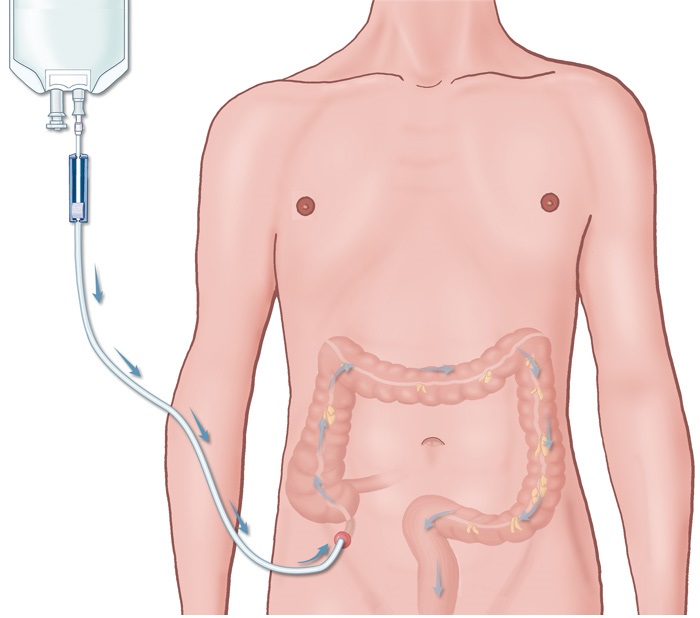[fusion_dropcap]T[/fusion_dropcap]he MACE procedure is a surgical procedure designed to help patients with neurogenic bowel (chronic constipation and/or inability to control stool elimination due to a neurologic problem) attain fecal continence. For patients with chronic constipation problems, often enemas, suppositories, digital disimpaction or other messy and uncomfortable methods are required to pass a stool. Many patients with neurogenic bowel also are unable to sense when a bowel movement is impending and so have “accidents” and require the use of continence aids.
The MACE procedure involves bringing the tip of the appendix to the abdominal wall skin where it is sewn into place to form a stoma. It is usually placed at the umbilicus, where it is well-hidden. The appendix is located on the beginning portion of the large intestine (colon), where the stool begins to become formed, rather than liquid. As the stool passes through the colon, it becomes progressively more solid (or hard in cases of constipation). So, if one can “irrigate” or flush the colon daily, on the toilet, flushing all the stool out of the colon, accidents usually do not occur over the next 24 hours.
Following MACE surgery, the bowel is “flushed” , usually daily, with body temperature water through a catheter inserted into the bowel through the stoma. Each irrigation generally takes 30-60 minutes, during which time the person sits on the toilet while passing the water and stool into the toilet.

